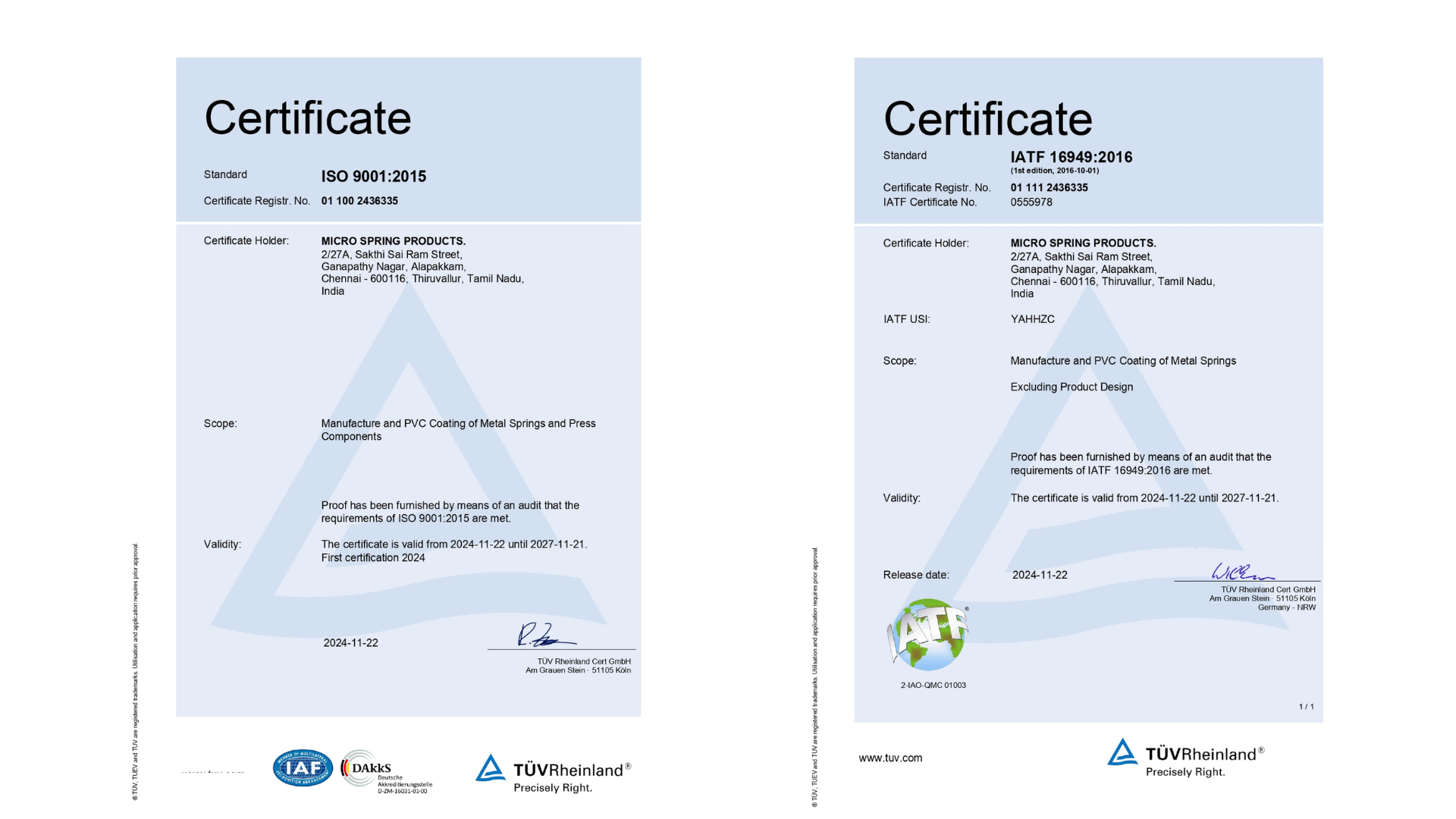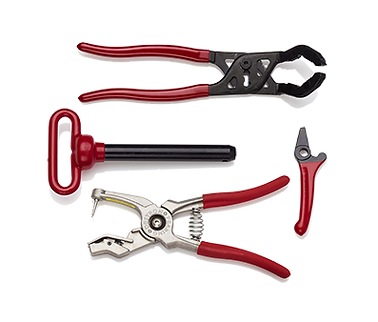Torsion
Springs
Exploring Torsion Springs: Function, Applications, and Design:
Torsion springs may not be the first thing that comes to mind when you think about engineering marvels, but these unassuming coiled wonders play a crucial role in a wide range of everyday products and machinery. From the garage door that opens effortlessly to the clock that ticks away the hours, torsion springs are hidden heroes, silently working behind the scenes to make our lives easier. In this article, we’ll delve into the world of torsion springs, uncovering their function, applications, and design principles.



